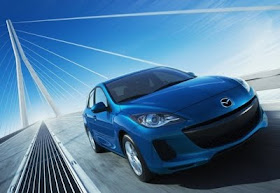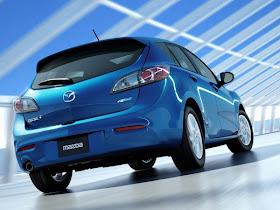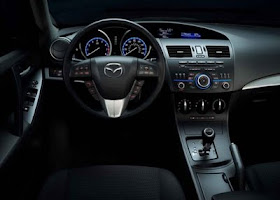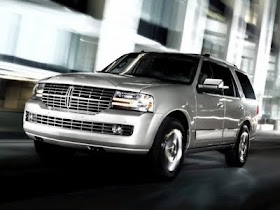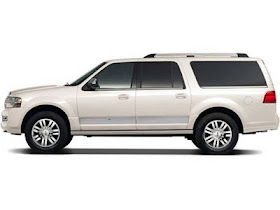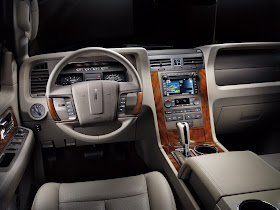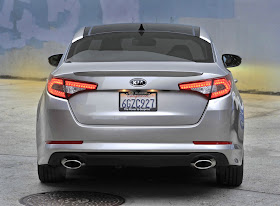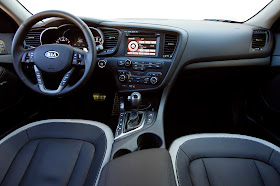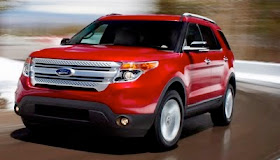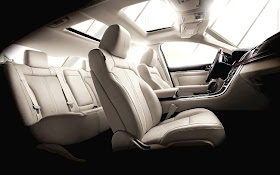 |
| The 2011 Jeep Patriot |
It was easy to dismiss the Jeep Patriot when it first hit the streets (and trails) a couple of years back. Part of it was guilt by association, having been introduced to the public at the same time as the first-ever non-Trail Rated Jeep, the almost identically-sized Jeep Compass.
But while the Compass was (and is, despite some upgrades) a Jeeped-up Dodge, the Patriot was (and is) a real Jeep. In many ways, it's the spiritual successor to the 1984 Jeep Cherokee.
 |
| 1984 Jeep Cherokee |
Yes, if you dial the wayback machine 28 model years in reverse, you'll find people wondering what was up with this very small Jeep, which replaced the huge (in retrospect) Cherokee (itself a cut-down version of the 1963 Wagoneer).
The Patriot's like that. First impression is it's too small to be a Jeep, having been exposed to
Grand Cherokees, Commanders and even Libertys. But drive it a few minutes and you'll find it's the back-to-basics vehicle that Jeep's been needing.
Our tester was the Patriot Latitude 4X4, but the window sticker shows that it was optioned up to Latitude level from a base Sport model.
We'll break that down for you. Jeep Patriot Sport 4X4. Starting at $17,695, it's only $1,700 more than the Sport 2-wheel drive model. Stepping up to the 4X4 gives you the 2.4 liter DOHC 16-valve engine and 165 horsepower instead of the stock 2.0 liter, 141 horsepower four.
You also get three transmission choices: A Continuously Variable Transmission (CVT), a CVT with AutoStick, or a five-speed manual. Personally, I'd go with the stick, but the Jeep press fleet chose the CVT with an off-road crawl rate. And, honestly, it was a very good, very smooth CVT. I had to be reminded that was how the Patriot was equipped, which means it felt natural...like the best (Nissan, Subaru) CVTs.
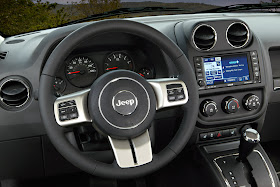 |
| 2011 Jeep Patriot Interior |
The standard equipment list also includes a full complement of airbags, electronic stability control, anti-lock four-wheel disc brakes, hill start assist, brake assist, speed control, Security Key Theft Deterrent System, a removable/rechargable LED flashlight, rear window defroster, wiper and washer, tire pressure monitoring, an AM;/FM/CD/MP3 audio system with audio jack, and a center floor console.
All in all, that's a cut above the basics in a very competent little Jeep for only $17,695. I'd buy one like that.
Except.
It hadn't occurred to me in a long, long time...especially living in Arizona, but there are cars for sale in this country (not many) where air conditioning is an extra-cost option. And the Jeep Patriot is one.
So our Patriot came with Customer Preferred Package 28B, which gives you air conditioning as well as an upgrade to 17-inch aluminum wheels, power heated manual fold away mirrors, body color door handles and liftgate applique', height adjustable drivers' seat, power windows, speed-sensitive power door locks, remote keyless entry, illuminated entry, steering wheel mounted audio controls, a leather-wrapped steering wheel, rear 60/40 reclining and folding seat backs, a fold-flat front passenger seatback, heated front seats and a 115 volt power outlet.
That package is $3,700. Making the price (so far) $21,395. Which is actually a few bucks cheaper than starting with the Latitude 4X4.
But the option list goes on...another $3,400 worth, give or take. The Security and Convenience Group gets you supplemental front seat-mounted side airbags, a security alarm, auto-dimming rear-view mirror with microphone, electronic vehicle information center, universal garage door opener, adjustable roof rail crossbars and a soft tonneau cover for $750. All nice stuff to have.
Then there's the Freedom Drive II Off-Road Group: All-Terrain tires, brake lock differential, hill descent control, a full-size spare, skid plates for the transmission, oil pan and fuel tank, tow hooks, an engine oil cooler, trailer towing wiring harness, all-season front and rear floor mats and a "Trail Rated" badge for $500. Those are essentials. I'd absolutely check that option box.
The CVT with off-road crawl ratio? That's an extra $1,000. Again, I'd go with the manual if it was my money.
Ours also came with the Media Center 430, which adds a 30 gig hard drive that can hold 6,700 of your favorite songs (depending on length...depending on Ramones or Rachmaninoff, your storage capacity may vary), and a 6.5 inch touch screen display. That's $640. As with nav systems, odds are your phone can do this.
And finally, $375 for the Uconnect Voice Command with Bluetooth. It adds a USB port for mobile devices, and Sirius Satellite Radio with a 1-year subscription. I'm a huge believer in hands-free mobile when driving...I'd probably say yes for the Bluetooth alone.
With $700 destination charge, the bottom line winds up at $25,410. And that's a long way from the $17,695 we started at. But it's not unreasonable. It is far less expensive than the average SUV, which doesn't have the Patriot's capabilities (as equipped), and it's actually less expensive than the average family sedan today. And we'd knock a grand off that sticker by shifting it ourselves.
2011 Jeep Patriot
Base price: $17,695
As tested: $25,410
EPA estimate: 20 mpg city/23 mpg highway
Likes: Compact size, low base price, real Jeep capability, fuel economy, dramatically improved interior.
Dislikes: Air conditioning and Bluetooth should be standard.







